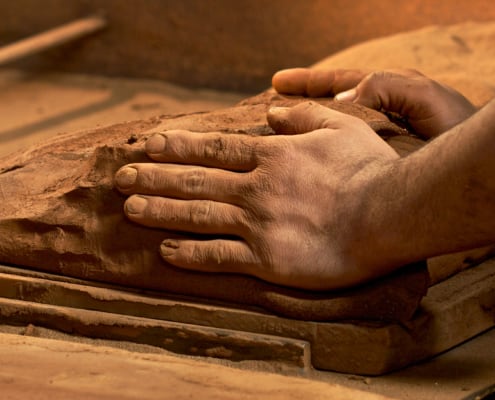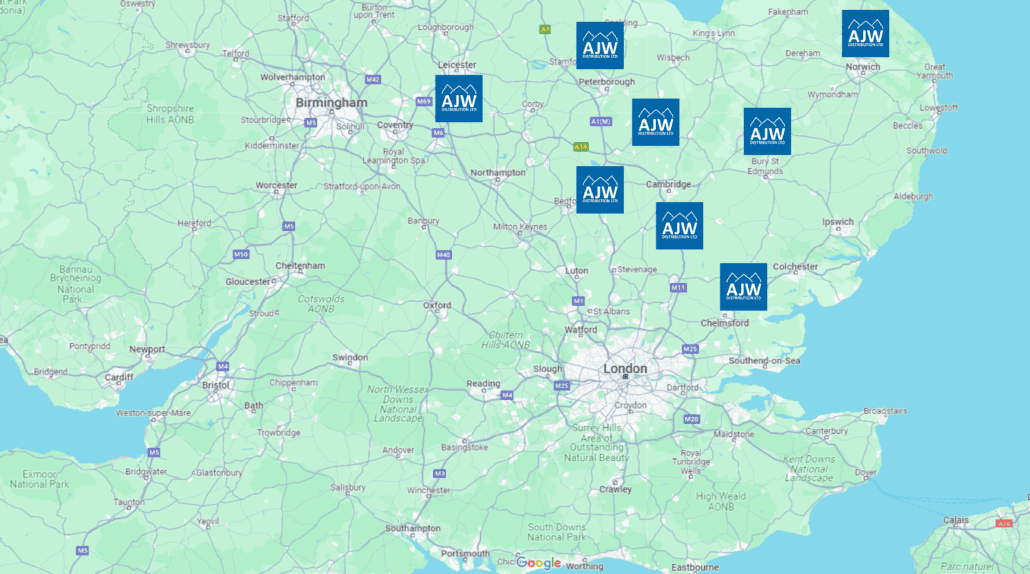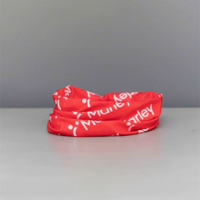Raw materials for the production of “heavy clay” construction products, such as roof tiles, bricks, blocks, floor/quarry tiles, pavers and pipes, are often referred to as “clays”. In reality the raw materials are typically far from ‘pure’ clays, more often than not a mixture of different minerals, with different particle sizes.
In terms of mineralogy, individual clay mineral particles, are typically classed as having particle size of less than 2 microns. However, these clay mineral particles like to stick together or stick to other minerals found in the “clay deposits”. It is not uncommon for the “clay deposit” being extracted to make roof tiles or bricks can contain as little as 10-15% actual clay minerals, the rest being silts and sands.
Clays minerals are formed from the weathering and chemical alteration of existing minerals and can vary greatly, hence the wide variety of natural colours and textures of different clay raw materials.
Many manufacturers use clay deposits which are simply excavated, shredded and then moulded or extruded to form the final product, ready for drying and firing.
However, Sahtas has invested heavily in specialist equipment which allows the company to increase the clay content and the yield of their raw material by “washing” the excavated material. This process removes the coarser content of the raw material leaving the finer silts and clay in a slurry.
The clay slurry is then passed through a filter press which removes the excess water through a filter membrane. This water is then re-cycled into the clay washing process leaving the clay as a “filter cake”.
This high quality, refined material has the perfect level of plasticity for the traditional hand making process used in roof tile and brick production at Sahtas.
The quality, plasticity and consistency resulting from the increase in the overall clay content of the clay filter cake results in fired products with consistent and potentially enhanced technical and aesthetic properties.





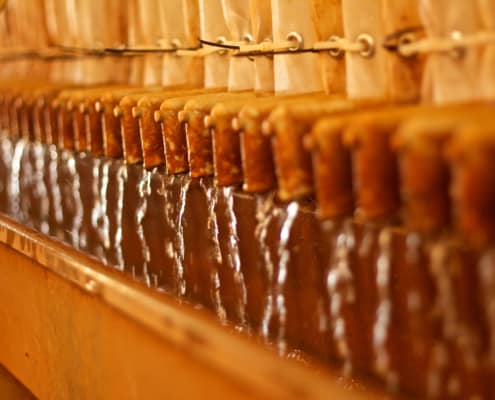

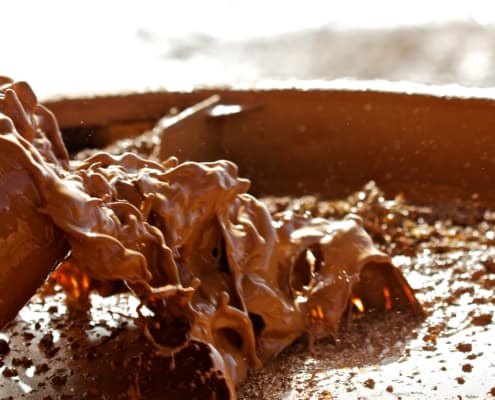
![420-sahtas-handmade-cut-7874[1]](https://ajwdistribution.com/wp-content/uploads/2019/07/420-sahtas-handmade-cut-78741-1.jpg)

